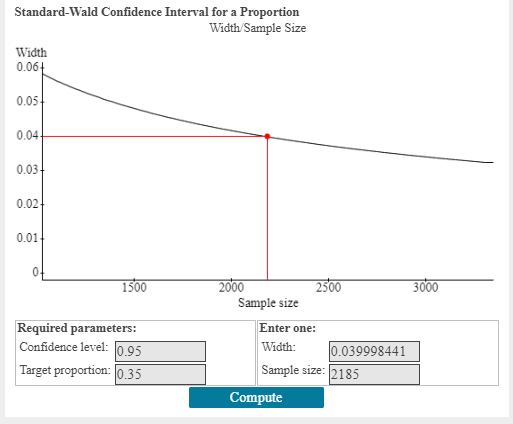
Wing area is a fundamental geometric characteristic and is simply taken as the plan surface area of the wing Planform of aircraft showing Wing Area definition Sweeping the wings becomes important once the aircraft begins to approach transonic and supersonic speeds (B747 and Mirage 2000). Wing Area and Aspect Ratio are primary considerations when designing a subsonic aircraft (everything from a C172 to the Dash 8 Q400 shown above). Let’s now get a little more scientific in the terminology we use to describe each wing. This is a single-engined, fourth generation fighter capable of speeds greater than twice the speed of sound (Mach 2.2). The final aircraft in our study is the Dassault Mirage 2000.

The B747 wing has a triangular leading edge, a large wingspan, and tapers progressively in chord as one moves towards the wingtip. The Boeing 747-400 needs no introduction it has been ferrying passengers on long transcontinental trips in various configurations since 1970.

It is designed with a long thin wing which helps it reach a cruising speed of 350 knots. The de Havilland Dash 8 Q400 is an 80 seat regional airliner with two large turboprop engines. Highly aerobatic it has achieved cult status in part due to it’s distinctive elliptical wing. This iconic World War II era fighter is famous for the role it played in the eventual defeat of the Nazi regime. The wing is straight, almost rectangular and sits above the fuselage. This is a basic trainer with docile handling characteristics, a pedestrian cruise speed and is relatively easy to land as a result of it’s low stall speed (43 knots in landing configuration). Let’s start with the venerable Cessna 172 pictured on the top left. Take a moment to look over each one and see if you can spot and describe how they differ geometrically. Each has a unique wing which is shaped differently to the others. Each is a very different size and shape, and designed to fulfill a very different mission. Have a look at the collage of airplanes shown above. Collage of aircraft showing various planforms In this post we delve a little deeper into two critical geometric characteristics that determine how a wing functions, namely: Wing Area and Aspect Ratio and introduce a third component: Sweep Angle (sweep post here). Every wing is carefully sized to best fulfill the mission specifically intended for that particular airplane. If you’ve spent any time looking at pictures of airplanes or taken a walk around an airport (highly recommended) you may have noticed that there is an enormous variation in the size and shape of the wings attached to each aircraft. In this post we discuss the importance of wing design and show why it is a great place to start when designing a new airplane.Īn aircraft’s wing is the primary contributor to it’s ability to generate a lifting force greater than its weight, and therefore take flight. In the previous post we examined the lift, drag, and pitching moment coefficient acting on an aerodynamic body caused by the resulting pressure and shear distribution.

#EQUAL ASPECT RATIO CALCULATOR SERIES#
This is the third post in a series of fundamental aircraft design articles which aim to give you an introduction to aircraft design principles.


 0 kommentar(er)
0 kommentar(er)
